-

Boc-MeIle-OH CAS:52498-32-5
Boc-MeIle-OH is a significant reagent employed in peptide synthesis and solid-phase chemistry. This compound, a derivative of the amino acid N-methyl-isoleucine, provides high purity and stability for effective modification of peptides and proteins. Boc-MeIle-OH serves as a protected form of N-methyl-isoleucine, facilitating controlled incorporation of N-methyl-isoleucine residues into peptide chains for diverse bioconjugation and peptide synthesis applications. It is an essential tool for researchers and chemists involved in drug development, proteomics, and bioconjugation chemistry.
-
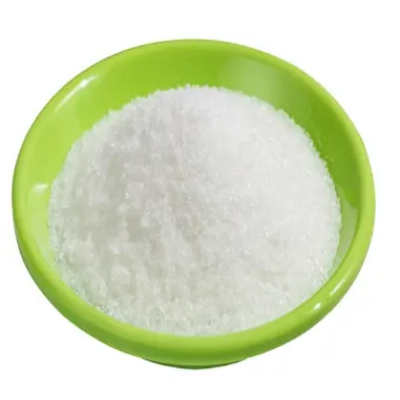
Boc-Ile-Osu CAS: 3392-08-3
Boc-Ile-Osu is a vital reagent used in peptide synthesis and bioconjugation. As a derivative of the amino acid isoleucine, this compound offers high purity and stability for efficient modification of peptides and proteins. Boc-Ile-Osu plays a crucial role in site-specific peptide labeling and functionalization through the attachment of isoleucine residues, making it an essential tool for researchers and chemists engaged in drug development, proteomics, and bioconjugation chemistry.
-

Boc-Ile·1/2 H2O CAS:13139-16-7
Boc-Ile·1/2 H2O is a crucial reagent used in peptide synthesis and solid-phase peptide chemistry. This compound, the Boc-protected form of the amino acid isoleucine, offers high purity and stability for efficient modification of peptides and proteins. Boc-Ile·1/2 H2O plays a significant role in controlled incorporation of isoleucine residues into peptide chains, enabling diverse bioconjugation and peptide synthesis strategies. It is an essential tool for researchers and chemists engaged in drug development, proteomics, and bioconjugation chemistry.
-
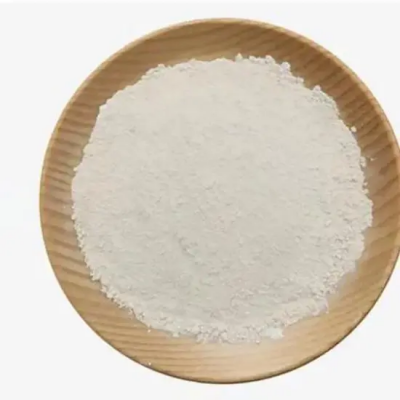
Boc-Lys(2-Cl-Z)-OH CAS:54613-99-9
Boc-Lys(2-Cl-Z)-OH is a significant reagent utilized in peptide synthesis and solid-phase peptide chemistry. This compound serves as a derivative of the amino acid lysine, offering high purity and stability for efficient modification of peptides and proteins. Boc-Lys(2-Cl-Z)-OH plays a crucial role as a protected form of lysine, enabling controlled incorporation of lysine residues into the peptide chain to facilitate diverse bioconjugation and peptide synthesis strategies. It is an essential tool for researchers and chemists engaged in drug development, proteomics, and bioconjugation chemistry.
-
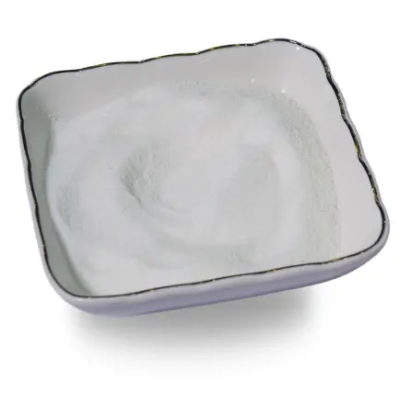
Boc-D-Lys(2-Cl-Z)-OH CAS:57096-11-4
Boc-D-Lys(2-Cl-Z)-OH is an essential reagent used in peptide synthesis and solid-phase peptide chemistry. As a derivative of the amino acid D-lysine, this compound offers high purity and stability for efficient modification of peptides and proteins. Boc-D-Lys(2-Cl-Z)-OH plays a crucial role as a protected form of D-lysine, allowing controlled incorporation of D-lysine residues into the peptide chain to facilitate diverse bioconjugation and peptide synthesis strategies. It is an indispensable tool for researchers and chemists engaged in drug development, proteomics, and bioconjugation chemistry.
-
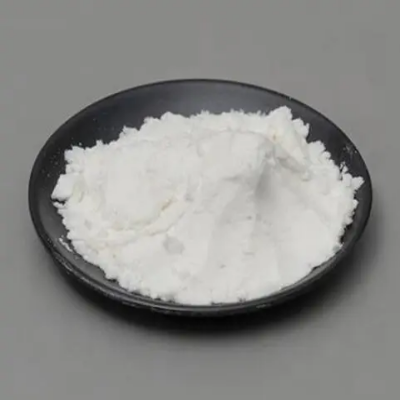
Boc-Leu-OSu CAS: 3392-09-4
Boc-Leu-OSu is a vital reagent used in peptide synthesis and bioconjugation processes. This compound, a derivative of the amino acid leucine, offers high purity and stability for efficient modification of peptides and proteins. Boc-Leu-OSu plays a crucial role in site-specific peptide labeling and functionalization through the attachment of leucine residues, making it an essential tool for researchers and chemists engaged in drug development, proteomics, and bioconjugation chemistry.
-

3-Methylanisole CAS:100-84-5
3-Methylanisole, with the chemical formula C8H10O, is a compound commonly used as a flavoring agent and fragrance in various industries due to its aromatic characteristics.
-
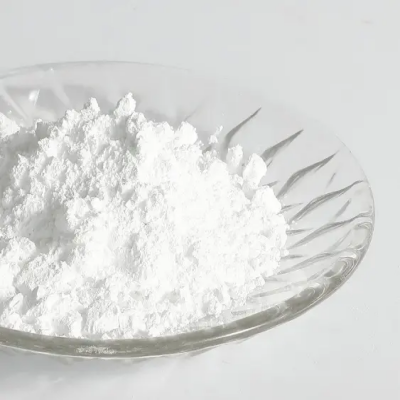
Trimesoylchloride CAS:4422-95-1
Trimesoyl chloride, with the molecular formula C9H3Cl3O3, is a chemical compound recognized for its reactivity and applications in organic synthesis, polymer chemistry, and material science.
-

thiazole CAS:288-47-1
Thiazole is a five-membered heterocyclic compound containing both sulfur and nitrogen in the ring, known for its diverse reactivity and significance in organic synthesis, medicinal chemistry, and material science.
-

Trimethylaceticacid CAS:75-98-9
Trimethylacetic acid, also known as pivalic acid, is a branched-chain carboxylic acid with the chemical formula (CH3)3CCO2H. It is a colorless, water-insoluble liquid with a characteristic odor. Trimethylacetic acid is used as a chemical intermediate in the production of pharmaceuticals, agrochemicals, and perfumes. It is also employed in the synthesis of polymers, such as polyvinyl acetate and polyvinyl chloride, as well as in the manufacture of esters for flavor and fragrance applications.
-
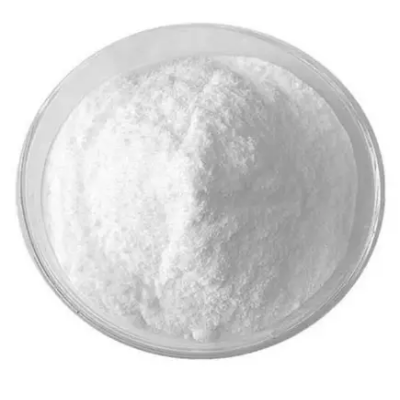
2-Mercaptobenzothiazole CAS:149-30-4
2-Mercaptobenzothiazole, with the chemical formula C7H5NS2, is a compound used in organic synthesis and industrial applications. It possesses a thiazole ring substituted with a mercaptan group.
-

Cyclopropanecarbonylchloride CAS:4023-34-1
Cyclopropanecarbonyl chloride is a chemical compound with the formula C4H5ClO, recognized for its reactivity and applications in organic synthesis and chemical research.

